In this tour, get to know:
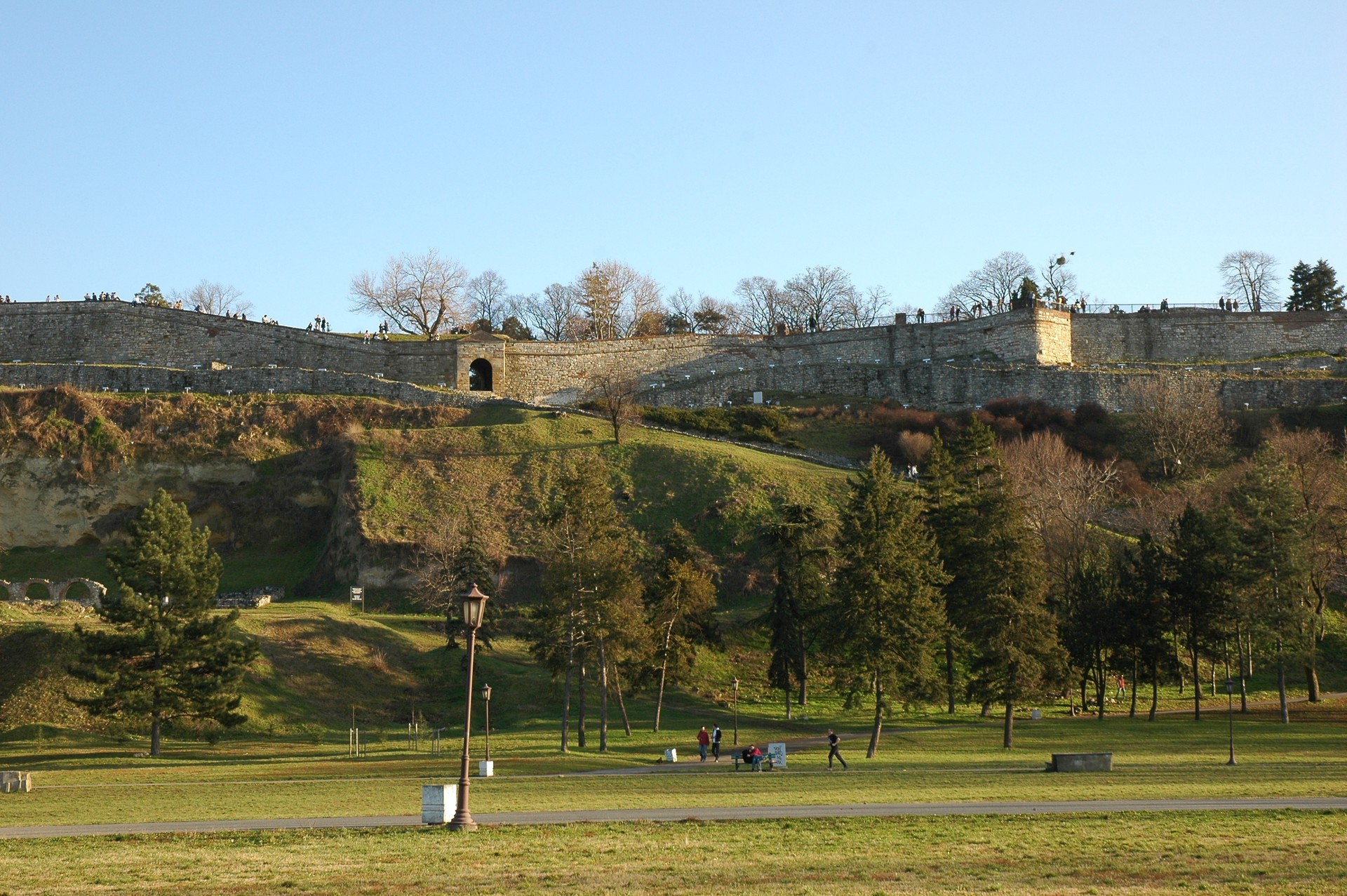 © Beogradska Tvrdjava
© Beogradska Tvrdjava
The Lower Town
During the reign of Despot Stefan Lazarević, the Lower Town served as both a fortification and an urban area that was the economic, cultural, and spiritual center of the Serbian despotate. The Lower Town used to be the site of a settlement with houses, churches, and markets. Today, Ružica Church,...
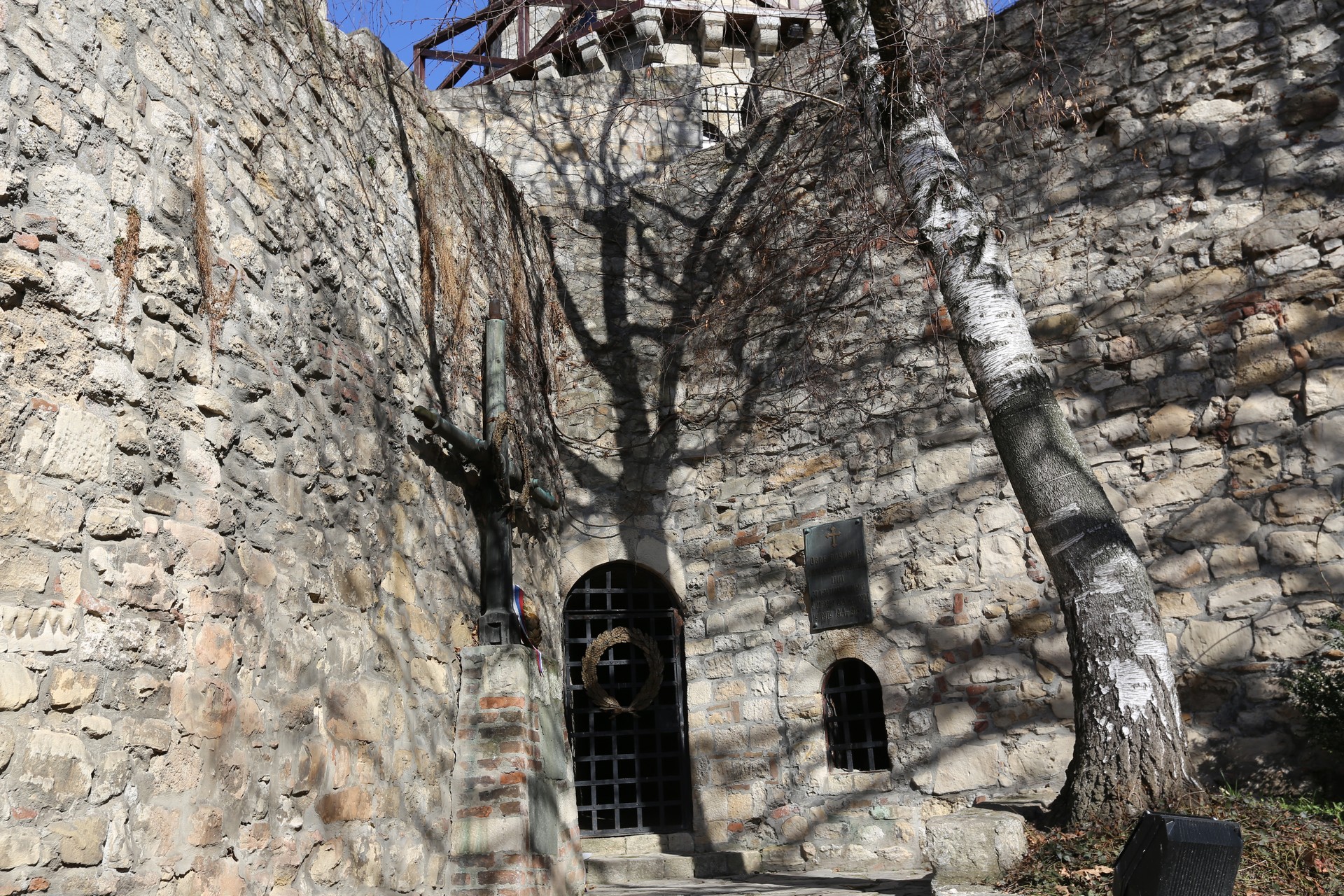 © Beogradska Tvrdjava
© Beogradska Tvrdjava
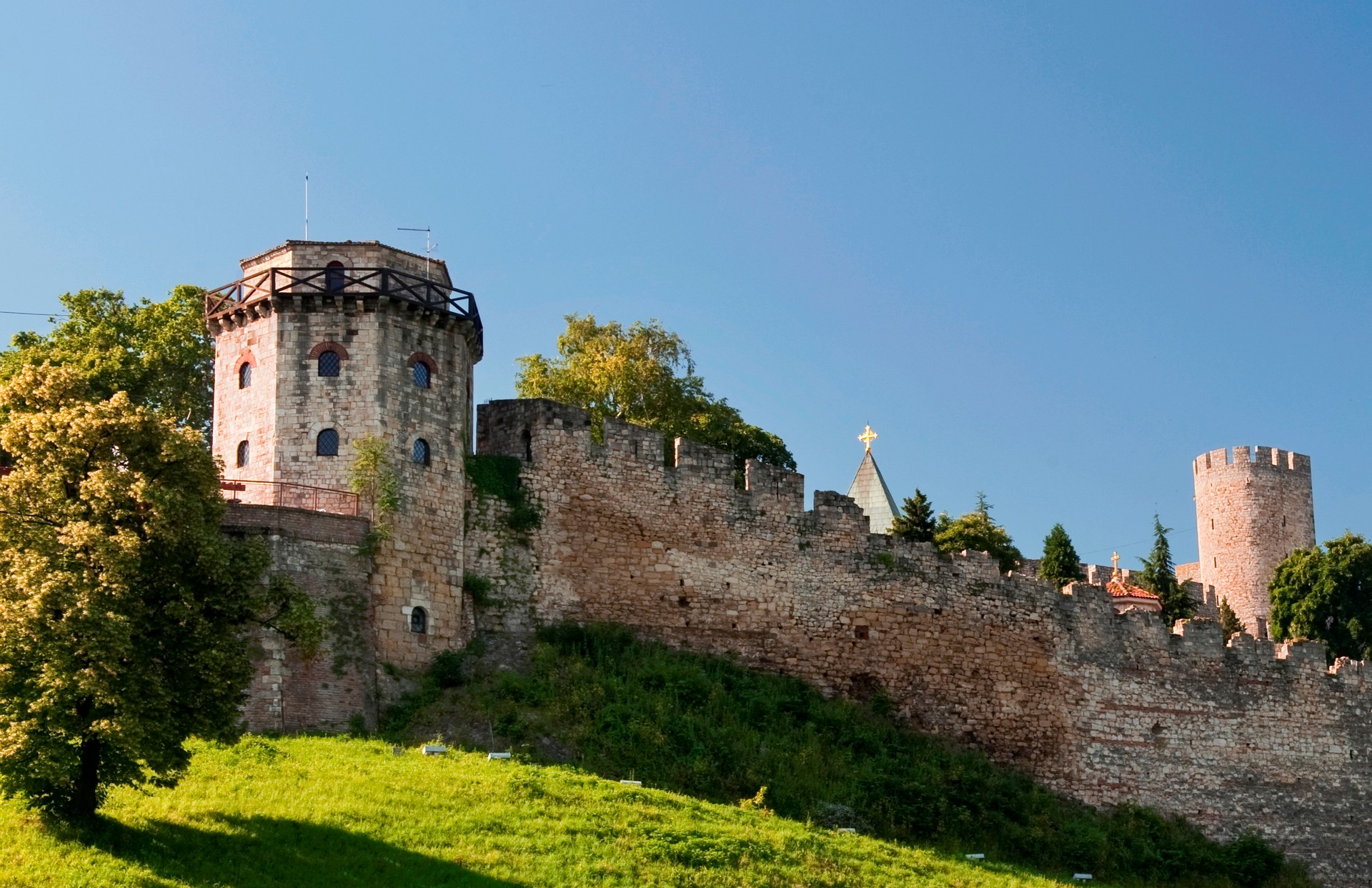 © Svetlana Dingarac
© Svetlana Dingarac
Jakšić Tower and the Ossuary
Jakšić Tower is a defense tower that was erected in the 15th century. During the great Austrian reconstruction of the fortress, the tower was removed. After its detailed reconstruction in 1937, the tower gained its current look. After the reconstruction of the tower, the Ossuary was built to house the...
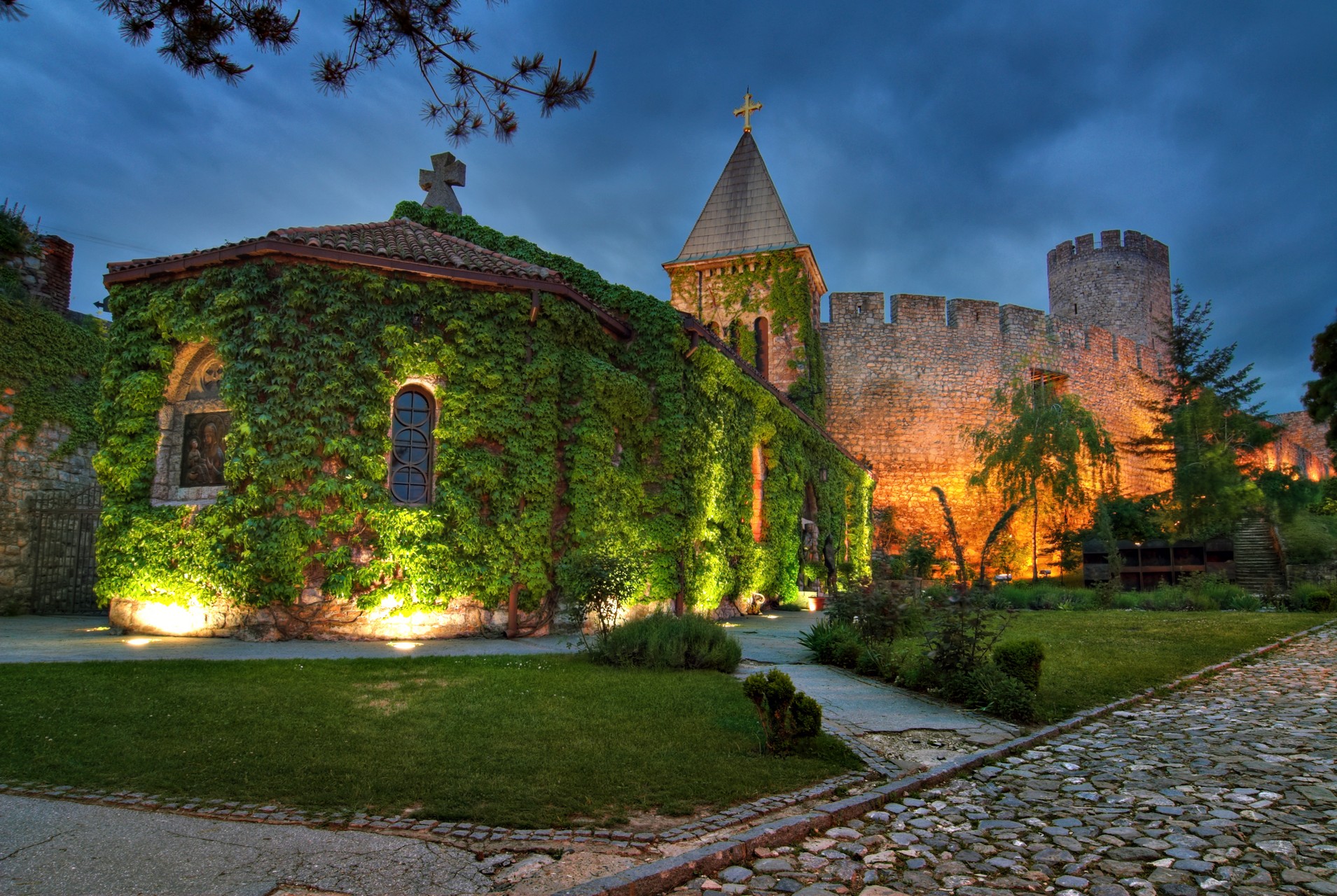 © Svetlana Dingarac
© Svetlana Dingarac
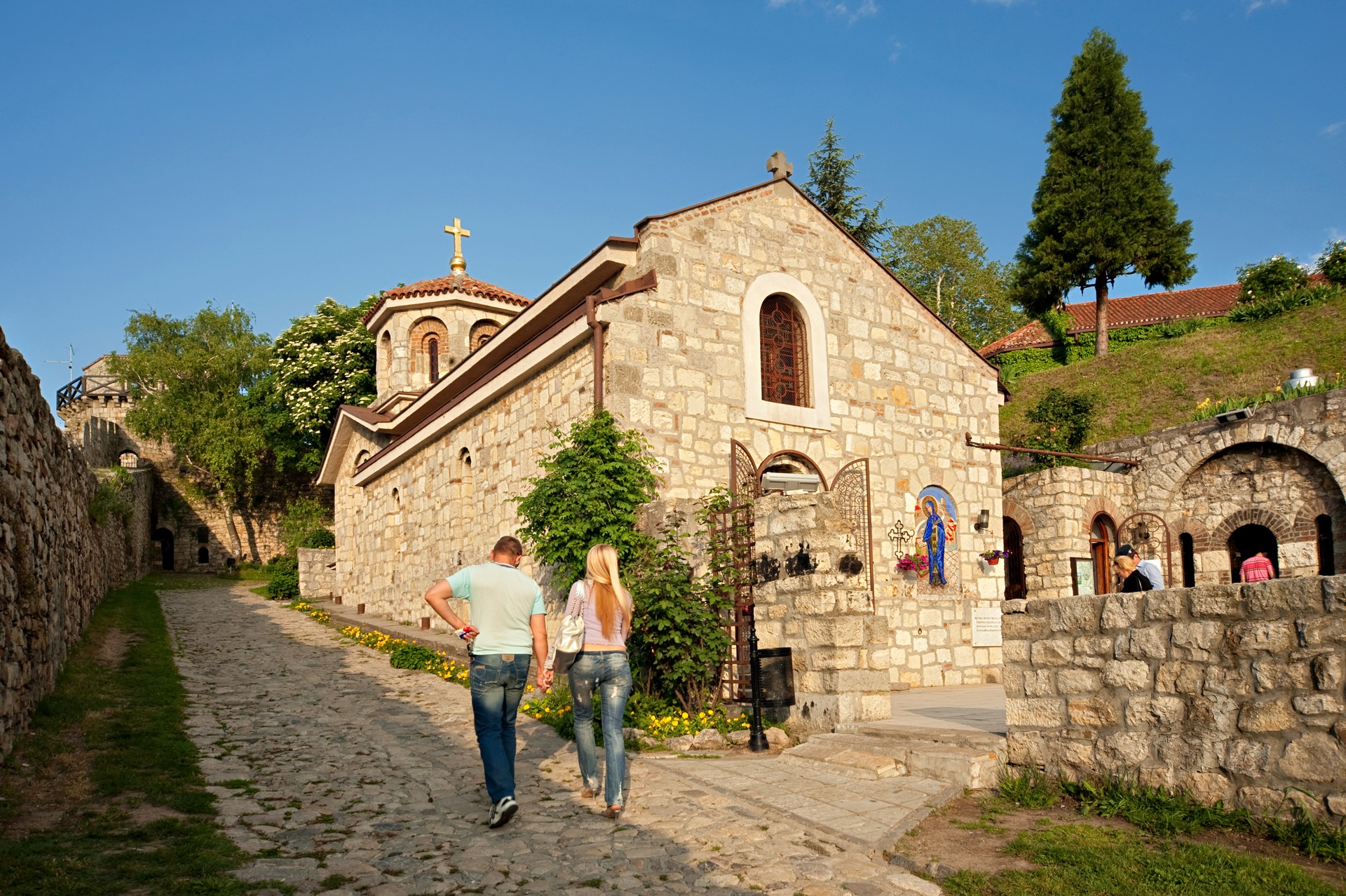 © Svetlana Dingarac
© Svetlana Dingarac
The Chapel of St. Petka and Ružica Church
The current-day Chapel of St. Petka was erected in 1937 on top of a spring, which has been associated with worshiping St. Petka since medieval times. It is considered a holy place for all believers. The former chapel was erected in medieval times when the remains of this saint were...
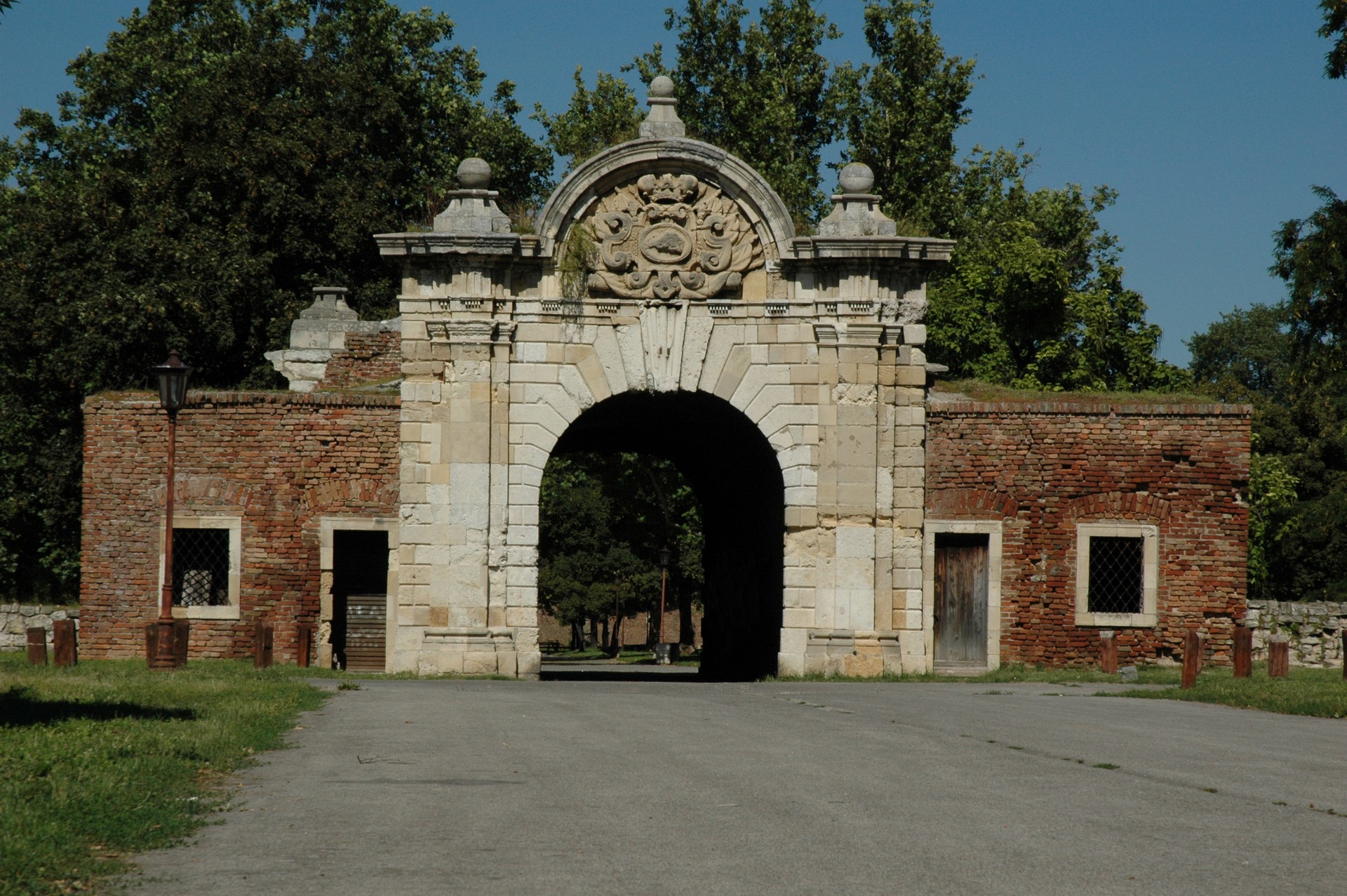 © Beogradska Tvrdjava
© Beogradska Tvrdjava
Charles VI Gate
Charles VI Gate was erected in 1736 to honor Emperor Charles VI, the famous conqueror of Belgrade. It is the work of Balthasar Neumann, a famous German Baroque architect. Above the entrance there is a monogram of Charles VI, while on the west side of the gate is the coat...
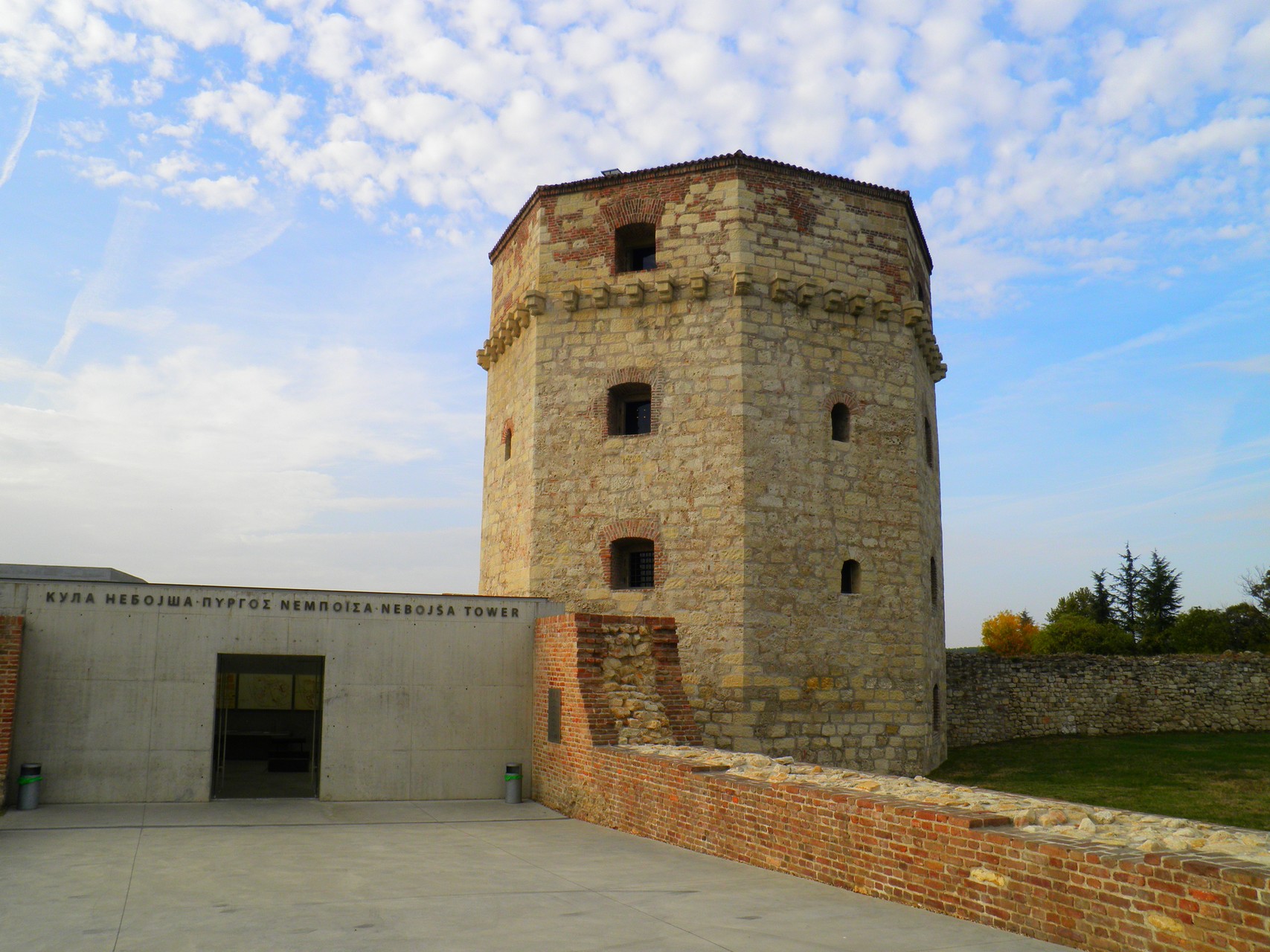 (cc) Mister No / CC BY 3.0
(cc) Mister No / CC BY 3.0
Nebojša Tower
Nebojša Tower was erected around 1460 to protect against Turkish attacks. During the 18th century, it was turned into Belgrade Fortress’s most famous dungeon. Because of this role, the tower became one of Belgrade’s darkest symbols. Its most famous prisoner was the Greek revolutionary Rigas Feraios, who was executed in...
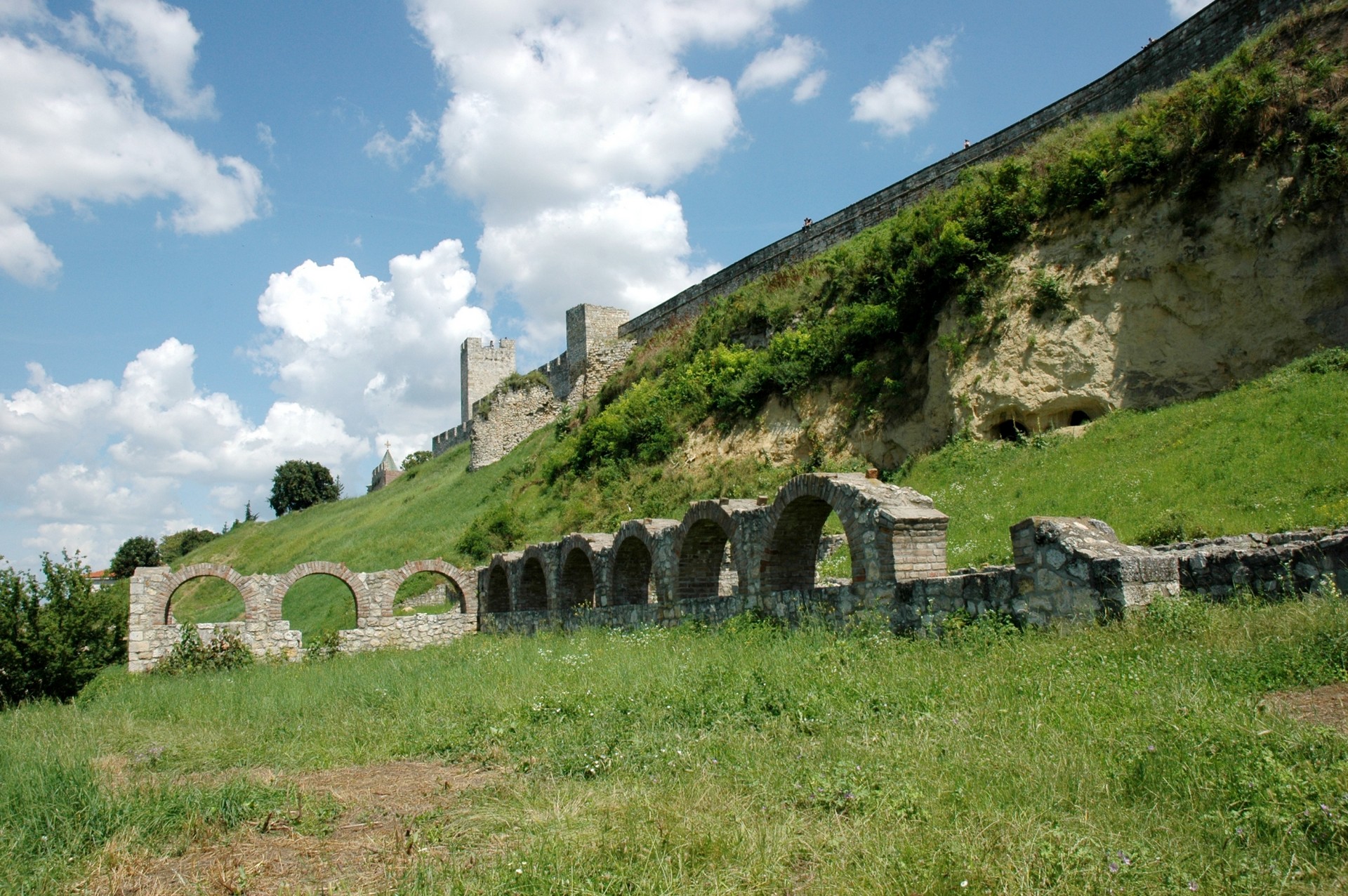 © Beogradska Tvrdjava
© Beogradska Tvrdjava
The Remains of the Bishop’s Residence
In the Lower Town of Belgrade Fortress, there once stood the most famous landmark of medieval Belgrade: St. Michael’s Cathedral, known as Saborna Church in Serbian. Next to it was the residence of the bishop of Belgrade. The remains of the walls of the bishop’s residence were discovered in 1977...
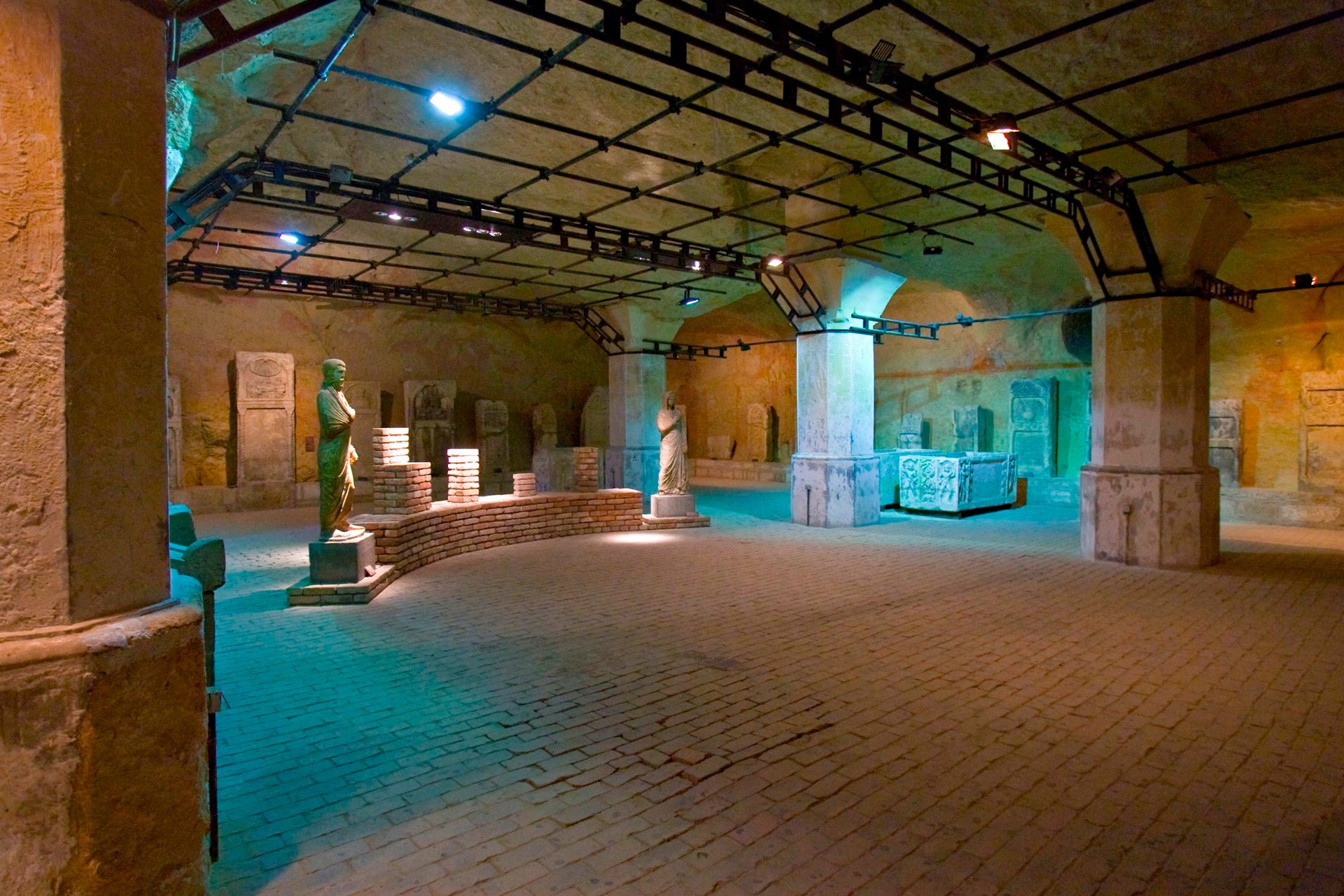 © Beogradska Tvrdjava
© Beogradska Tvrdjava
The Great Gunpowder Magazine
The Great Gunpowder Magazine was built in the 18th century and designed to be a dry, safe place to store gunpowder. The Austrians built the Great Gunpowder Magazine in just two years, from 1718 to 1720. In the mid-18th century, a very strong protective wall was built around the magazine....
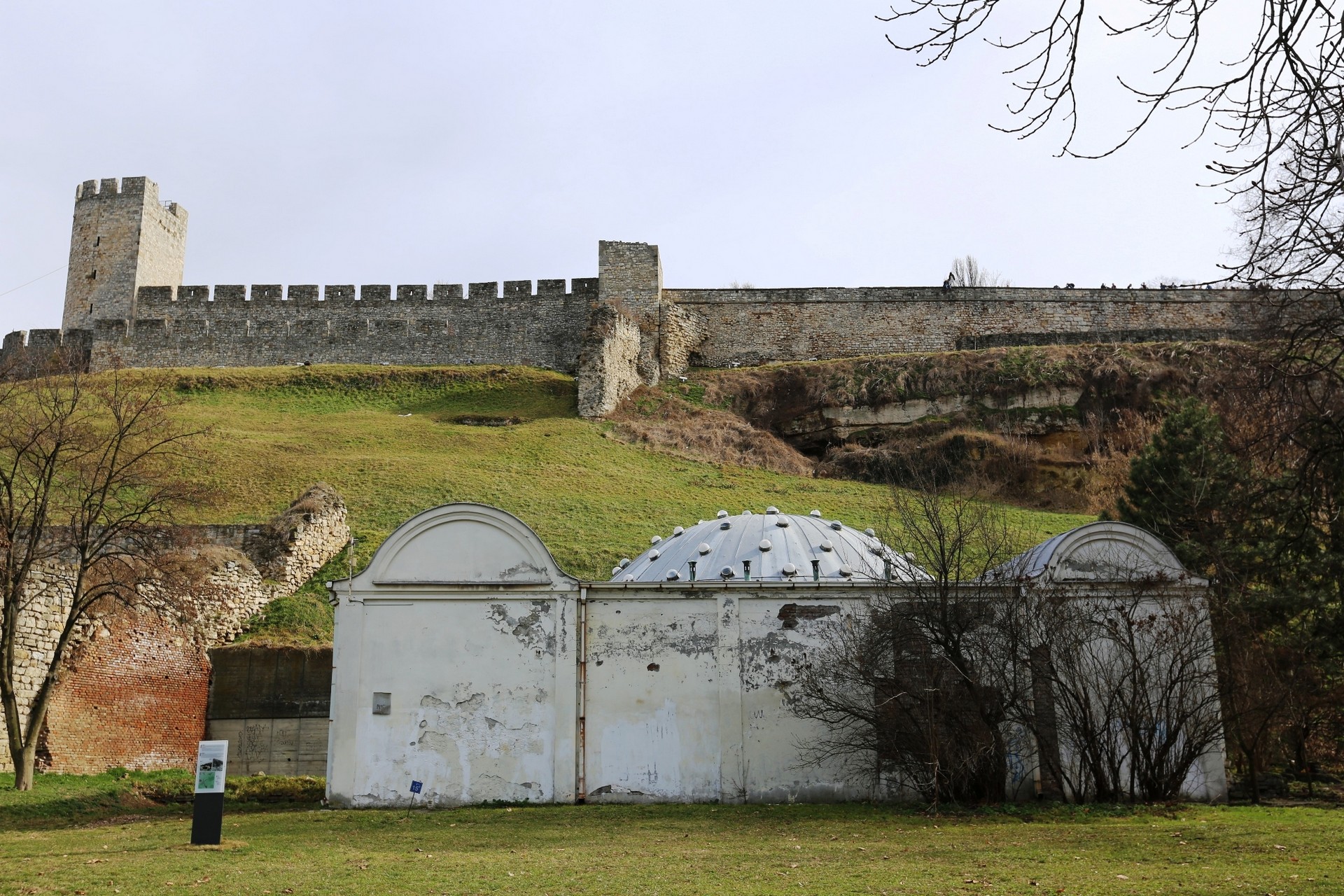 © Beogradska Tvrdjava
© Beogradska Tvrdjava
The Hamam (Turkish Bath)
Even though it’s known as the Old Turkish Bath, the Hamam in the Lower Town was only built in the second half of the 19th century, when the Turkish garrison had already left Belgrade. Aside from this one, there were two other Turkish baths in Belgrade Fortress (one from the...